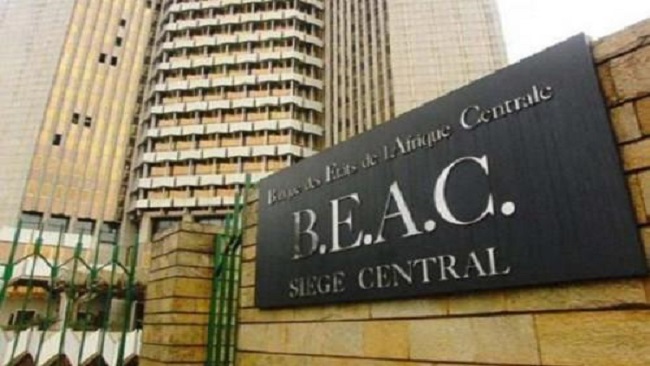CEMAC Region: BEAC resumes liquidity injections after over a year
The Bank of Central African States (BEAC) has resumed liquidity injections into banks in the Economic and Monetary Community of Central Africa (Cemac), marking the first such operation since February 2023. The BEAC injected CFA 120 billion, per a statement released on June 11.
As a reminder, the bank has decided to suspend injections as part of its tightening of monetary policy aimed at combating galloping inflation in the Cemac zone. However, before this suspension, the central bank of the Cemac countries had progressively reduced the volume of its weekly liquidity injection operations in banks, from CFA250 billion to just CFA50 billion.
BEAC officials explained that the reduction and suspension of liquidity injections were intended to dry up banks’ cash reserves, restricting access to financing for governments, individuals, and businesses. The central bank hoped this would address the estimated 20% of inflation attributed to monetary factors.
The BEAC did not clarify whether this liquidity injection is a one-time operation or a response to the banks’ increasing need for funds after more than a year of tightened credit conditions. Since late 2021, Cemac banks have faced severe restrictions on accessing central bank refinancing tools, including higher key interest rates and the halt of liquidity injections.
On the contrary, banks have endured significant withdrawals from their reserves through intensified liquidity absorption operations and the recent issuance of BEAC bonds, further draining their liquidity. Despite these measures, inflation remains high in Cemac countries. In Cameroon, for instance, inflation rose by an average of 6.3% from April 2023 to April 2024, according to the National Institute of Statistics. This rate is more than double the 3% threshold tolerated in the Cemac region.
Source: Business in Cameroon




